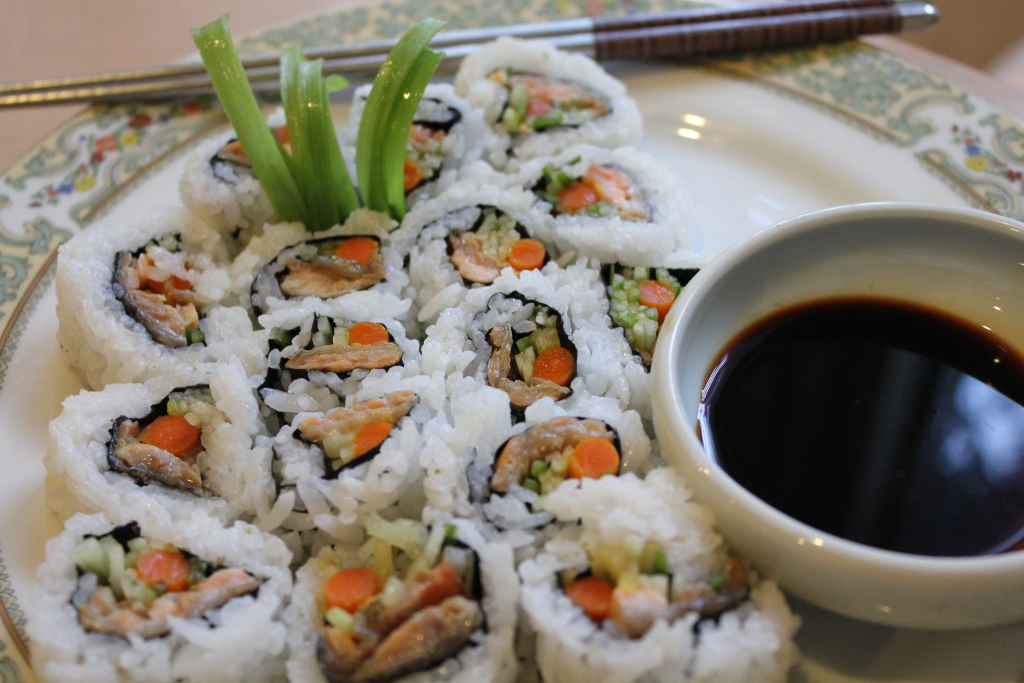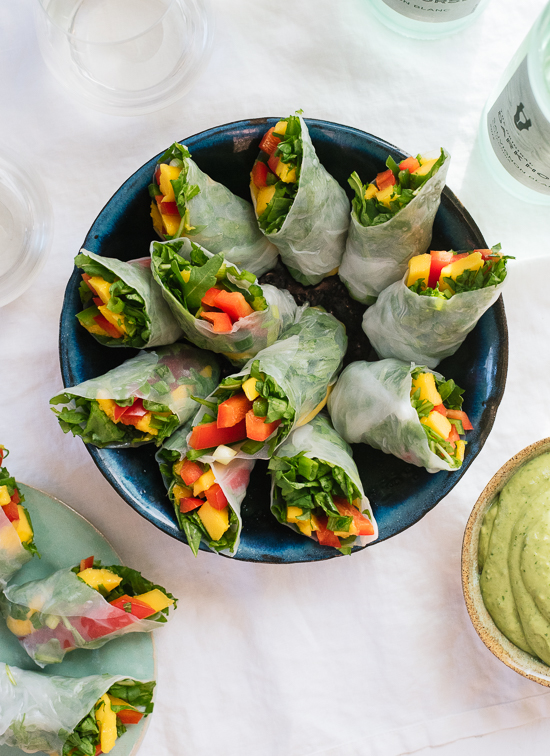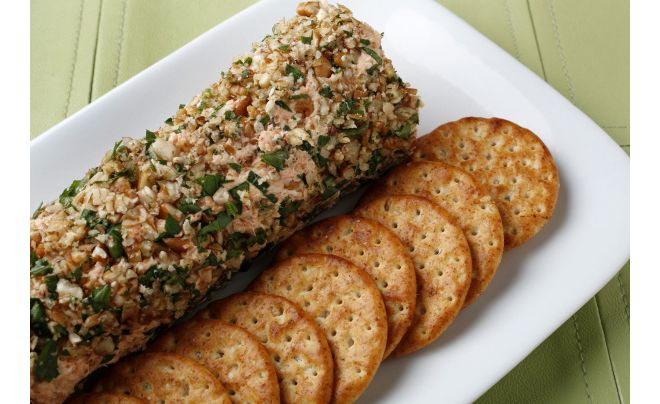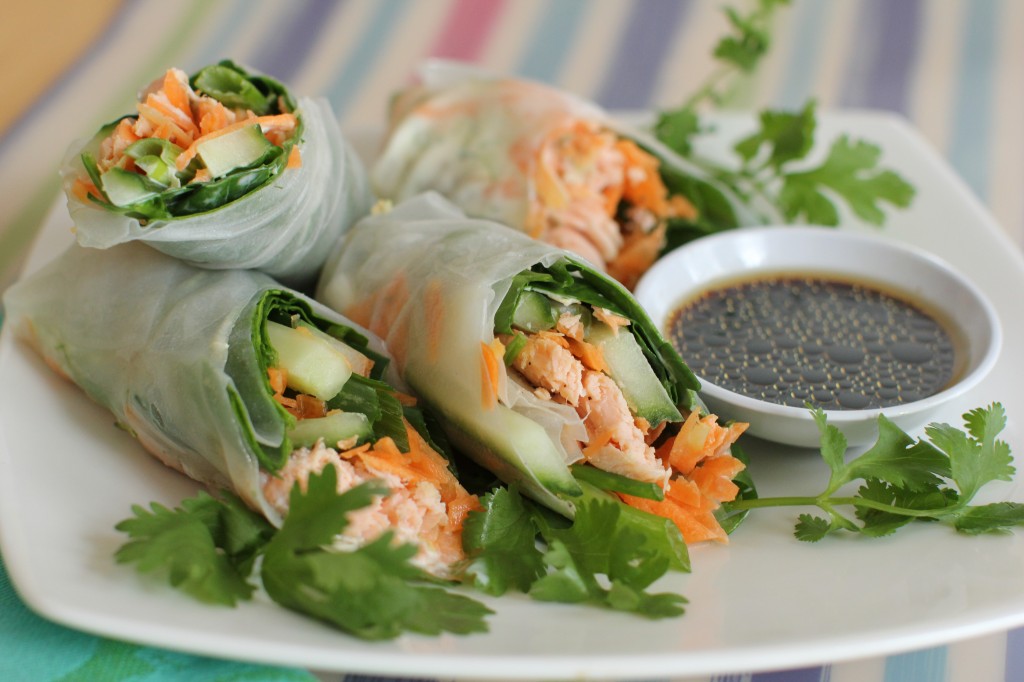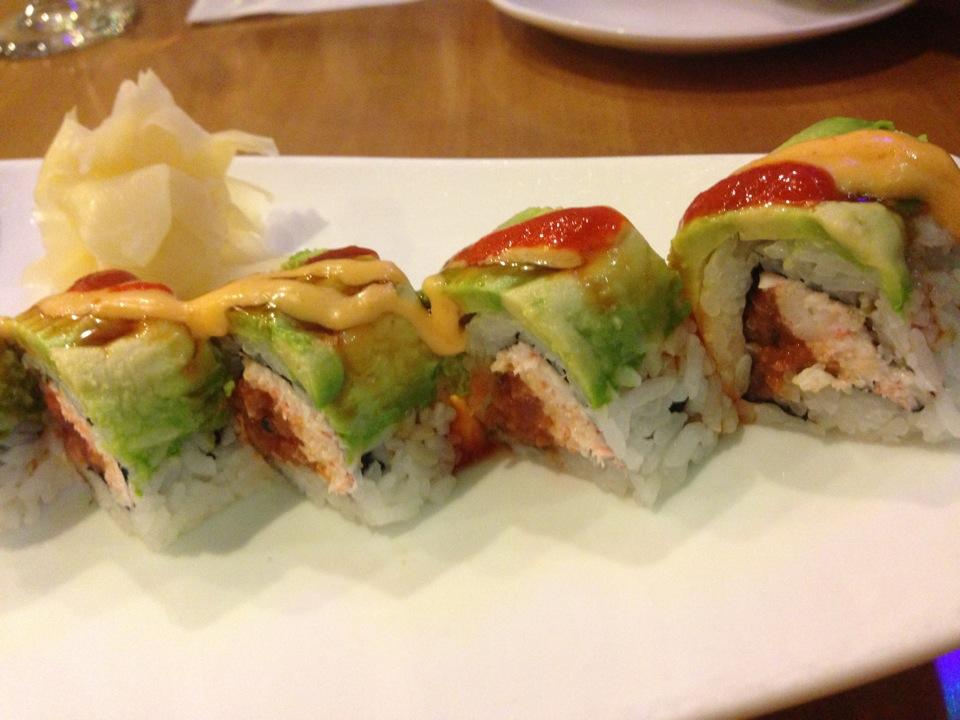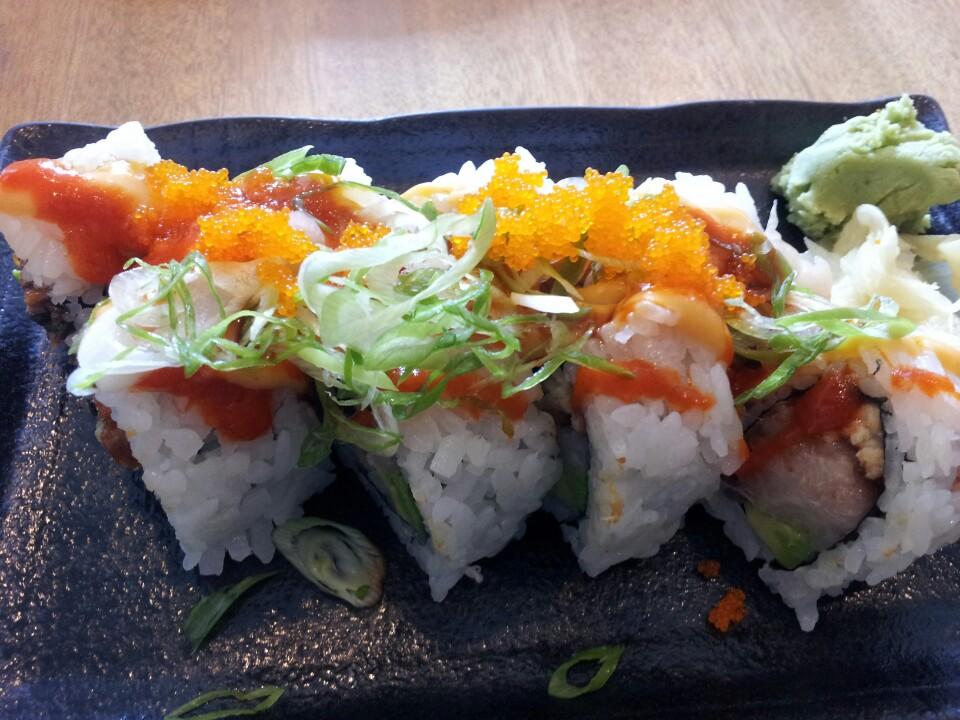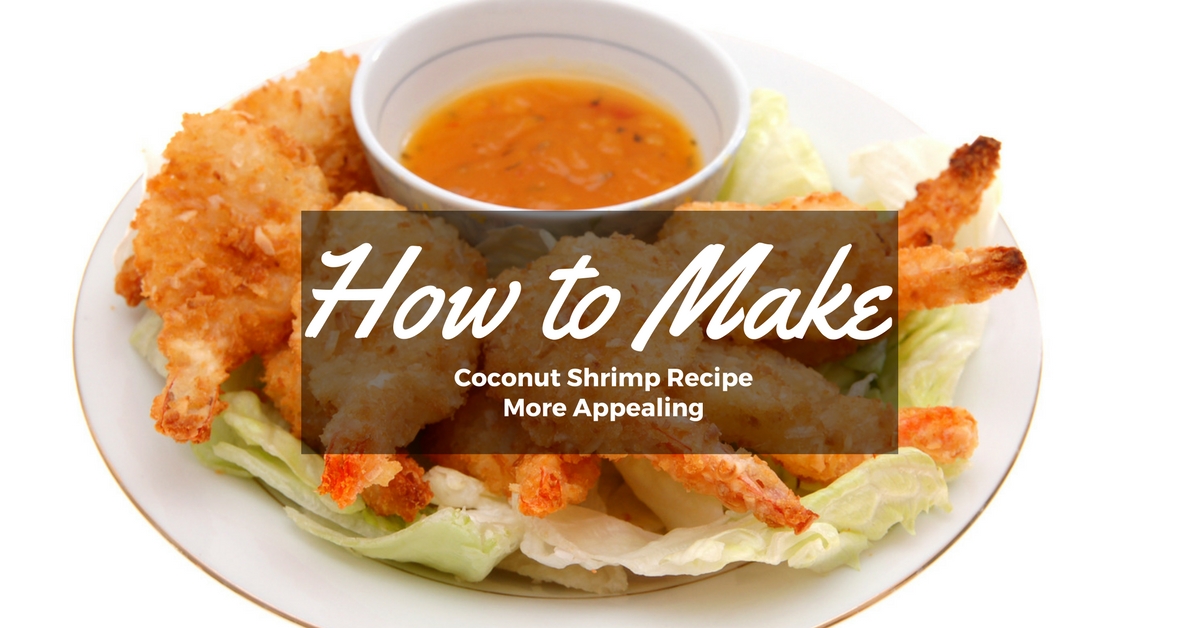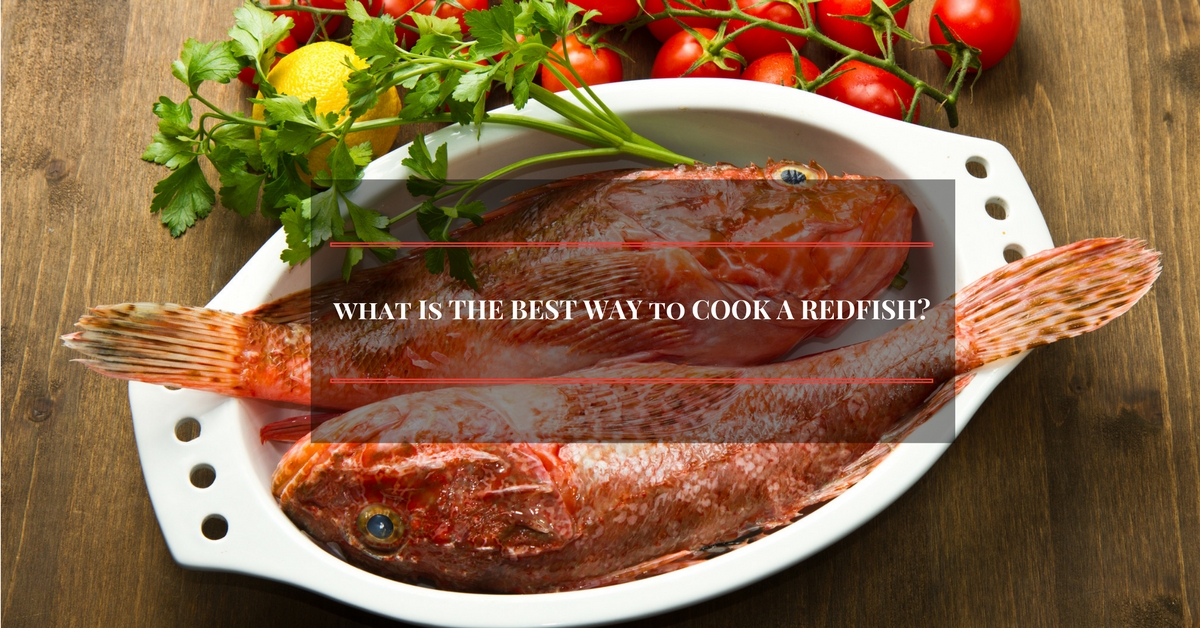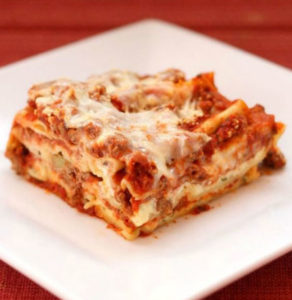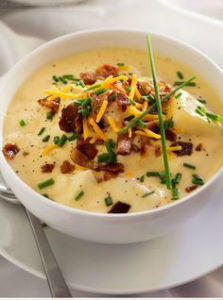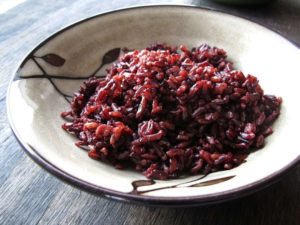Do you feel like going Asian? Asian food is also one of the most loved foods all over the world. From Vietnamese spring rolls to Korean ramen to Japanese sushi, Asia is well-known for its delectable cuisines and variety of food choices. One more Asian food that you might love is the salmon skin roll. Salmon is used in numerous recipes. It is a common ingredient loved by most, if not all, seafood lovers and Asian-food enthusiasts.
Instead of buying salmon skin rolls, why not make your own version? You can add ingredients and season it according to your preference. In here, I’ve listed some distinct versions of making a salmon roll and some facts that you need to know.
More...
How to Make Salmon Skin Rolls
You can actually make salmon rolls with different ingredients. You can use fruits or vegetables and add seasonings but
1st Option:
Ingredients:
- Avocado
- Red Pepper
- Salmon fillter
- 1 teapoon Sesame oil
- 4 tablespoon Sweet chili sauce
- Nori sheets
- Cooked Sushi rice
- Mayonnaise
- Fish eggs
Equipment
- Sharp Knife
- Bowl of water
- Clining film
- Bamboo rolling mat (link to utensils)
Direction:
1. Divide the avocado in 2 and take the seed out without damaging the 2 halves. Peel the skin and slice the other half in thin slices with about 1 to 2 mm thickness.
Tip: Keep the blade of the knife wet when slicing to slide off easily. Slice it gently to avoid damaging the avocado slices.
2. Slice the red pepper
3. Remove the salmon skin from the salmon fillet and cut the skin off with ease. Leave about 0.5 cm of salmon flesh attached to the skin.
4. Crisp the salmon skin on a nonstick pan without oil. When crisp, break it into pieces adding 1 teaspoon of sesame oil. Stir it and let it sizzle for a minute. Afterward, add 4 tablespoons of sweet chili sauce. Wait and stir until the chili becomes aromatic. Avoid burning the sauce and set it aside.
5. Dip your hands in water and place a handful of rice in the middle of the nori sheet. Spread the rice on the sheet leaving 1/3 space of the sheet.
6. Put a cling film sheet over the rice nori. Afterward, flip the rice nori with the cling film which makes the rice covered part upside down towards you.
7. Arrange the crispy salmon skin and the red pepper strips on top of the blank space of the sheet. Turn the nori and the cling film around with the ingredients over the blank space.
8. Roll the sushi and carefully pressing it in towards the filling using the bamboo mat. After successfully rolling, slightly detach the mat and the cling film and roll it forward again. Apply pressure and repeat the process for other rolls.
9. Open the cling film and place some mayonnaise on the rolls’ seal and spread the thinly sliced avocados on your hand. Place it on the roll above the mayonnaise spread. Reseal the cling film and put the mat over the avocado. Apply pressure in order to stick the avocado in the roll.
10. Slice the roll into 7 to 8 pieces and 2 end bits using a cling film. Sprinkle it with sweet chili sauce and fish eggs on each piece. Serve and enjoy.
2nd option:
This version uses a smoked salmon skin cooked it crispy in a non-stick pan. It also uses a pickled mountain burdock, a Japanese herb. If it’s not available, you can use carrots.
Total Time: less than 2 hours
Difficulty: Easy to Moderate
Ingredients:
- ½ pound skin of smoked salmon
- 1 package
yama gobo no tsukemono (pickled mountain burdock) or 5 ounces julienned carrot, 3 inches long - 1 small cucumber (2 ounces), julienned, 3 inches long
- 2/3 package kaiware (daikon sprouts) (2 ounces), roots removed
- 1 scallion, finely sliced
- ½ cup toasted white sesame seeds
- 6 cups (lightly packed) prepared sushi rice (7/8 cup, 4.2 ounces, per roll)
- 7 half-sheets nori; choose the thicker variety
Directions:
1. Put the salmon skin in a pan without oil, skin-side down, and cook until it is golden and crispy on both sides. Remove from the pan and cut it into ¼-inch-wide strips, 8 inches long.
2. Slice the pickled mountain burdock in half crosswise and then cut each piece in half lengthwise.
3. Arrange all the salmon skin, cucumber, pickled mountain burdock, daikon sprouts, scallion, and white sesame seeds on a tray and follow the basic instructions.
Tip: You can do advance preparations several hours before making it. You can also serve the dish without a dipping sauce.
3rd option:
For the Sushi Rice:
- 2 cups Japanese rice, such as Nishiki
- 2 1/2 cups water
- 1/4 cup rice vinegar
- 2 tablespoons sugar
- 2 teaspoons kosher salt
- Yield: enough rice for at least 4 large rolls (futomaki)
For the Salmon:
- Vegetable oil, for frying
- Four 9-ounce salmon fillets, with skin or smoked salmon
- Freshly ground pepper
- All-purpose flour, for dusting
For the Rolls:
- 4 (8 1/4 by 7 1/4-inch) sheets roasted nori (seaweed)
- Sushi rice
- Salmon skin
- 1 package
yamagobo no tsukemono (pickled mountain burdock) or 5 ounces of julienned carrot, 3 inches long - 1 medium Kirby (or English) cucumber, peeled, seeded, and cut into 1/16-inch-thick matchsticks (you can just julienne these and don’t use the inside part of the cucumber with the seeds)
- Sesame seeds (optional)Soy sauce
- Wasabi
- Ginger (sushi ginger)
Directions:
- For the sushi rice:
1. Add rice in a large bowl and add it with lots of water. Stir rice in water with your hands and then drain most of the water. Quickly move your hands back and forth for 10 to 15 times. Rinse the rice several more times, until the water that drains off of the rice is almost transparent. Transfer the rice to a colander and let drain for 1 hour, undisturbed. Transfer the rice to a rice cooker; add the water, cover, and cook.
2. Meanwhile, bring the rice vinegar to a boil in a small saucepan, and then remove from the heat. Add sugar and salt and stir until dissolved. Allow to cool to room temperature.
3. When rice is done, rest it in the cooker for 10 minutes. Transfer rice to a large mixing bowl and pour the cooled vinegar mixture over top of rice. Mix rice several times with a wooden spoon in order to evenly apportion the vinegar mixture, allowing it to cool. When the rice has cooled, set it aside.
- For the carrots:
Peel the carrots and cut it into long thick strips. Boil a pot of water and on another bowl, fill in with ice water. Gently drop the pieces into the boiling water and blanch for 2 minutes. Afterward, allow the carrot strips to stay in the ice water. This will stop the cooking process.
- For the Salmon:
1. Cut the skin of the salmon fillets leaving some flesh on it. Season it with salt and pepper and dredge it in flour.
2. Heat oil in a pan and fry each salmon skin on medium heat. Once crisp, turn the other side and let it fry for 3 minutes. Place the salmon skin on a paper towel to let it drain. After grilling, cut the pieces in thin and long pieces.
- Assembly and Rolling:
1. Place a nori sheet on a bamboo rolling mat. With moist hands, add rice on the sheet and evenly spread it leaving an inch border on all sides. Sprinkle toasted sesame seeds and spread a small amount of wasabi paste in a thin line across the rice.
2. Arrange the salmon skin and cucumber strips and add burdock or carrots. Carefully and tightly roll the bamboo mate applying pressure. Once ready, slice the rolls in half and into pieces.
3. Serve with a dipping sauce made out of soy sauce, wasabi and ginger.
Nutritional
- Servings: 1
- Pieces: 6
- Calories: 245
- Sodium: 0 mg
- Total Fat: 4 g
- Saturated: 0 g
- Polyunsaturated: 0 g
- Monounsaturated: 0 g
- Trans: 0 g
- Protein: 16 g
- Cholesterol: 0 mg
- Vitamin A: 0%
- Calcium: 0%
- Vitamin C: 0%
- Iron: 0%
- Potassium: 0 mg
- Total Carbs: 34 g
- Dietary Fiber: 0 g
- Sugars: 0 g
*Percent Daily Values are based on a 2000 calorie diet. Your daily values may be higher or lower depending on your calorie needs.
Helpful Hacks on the Salmon Skin
Salmon skins are often sought after of some customers. Though stores throw it away, it is actually used in making some recipes. Here are some tips on how to make salmon skin more appealing to the taste:
1. Salmon skin is often removed in the store for the convenience of the customers. Thus, it is important to inquire at your local fish market. Generally, new salmon skill can last up to 3 months when frozen. Do not prepare it and just keep it in a bag before freezing if you won’t be using it.
2. For a better seasoning taste, you can also try sprinkling shichimi togarashi, Japanese seven flavored pepper, aside from salt. You can also use furikake on salmon skins before baking. The furikake will add flavor to the salmon.
3. Cooked salmon skins can last up to two days if stored in a tightly covered food keeper at room temperature. However, it would be best if you consume the salmon on the same day they are made.
4. Before making salmon skin rolls, make sure to leave a bit of food. Otherwise, remove the thick portion of the salmon from the skin before the preparation.
5. When frying salmon skins, it may emit a strong fishy odor. So you might want to cook before your visitors arrive.
Oven Method for Preparing Salmon Skins
If you want some variations on the skin, you can bake it in the oven rather than fry. Here’s how to prepare salmon skin using the oven method:
1. Preheat oven to 375 degrees Fahrenheit.
2. Descale the salmon skin using a fish scale. Rinse well under cool water and pat dry.
3. Lay the skins flat on a baking sheet covered with parchment paper with the shiny sides down. Spray the skins with a little olive oil and rub evenly distribute the oil. Sprinkle with a bit of salt and turn surfaces over, the shiny portion facing you. Rub with a little more olive oil before placing the skins in the oven. Bake the salmon skins for 10 minutes but don’t forget to check every 5 minutes to monitor the crispiness if achieved.
4. Remove the salmon skins from the oven and the baking sheet. While it’s cooling, the skin should become crispier. Cut the skins into pieces.
Health Benefits of Salmon Skin
Before buying the salmon, you should choose wild salmon over the farmed ones. Wild salmon is much healthier, compared to the other. Salmon is, in fact, one of the most nutritious foods in the world, with its health benefits. It can extend your lifespan because it helps in the prevention of heart disease and cancer. Here are the amounts of nutrition salmons have:
- Vitamin B12 (236% daily recommended value)
- Vitamin D (127%)
- Selenium (78.3%)
- Vitamin B3 (56.3%)
- Omega-3 Fatty Acids (55%)
- Protein (53.1%)
- Phosphorus (52.1%)
- Vitamin B6 (37.6%)
- Vitamin B6 (37.6%)
- Iodine (21.3%)
- Choline (19.2%)
- Vitamin B5 (18.4%)
- Biotin (15.1%)
- Potassium (14%)
Salmons have significant effects in the body. It mainly helps in the maintenance of the body, especially in your whole body wellness, bones and joints, brain and neurological repair, ADHD Prevention in Children, Heart Health, Better Eyesight, Healthy Skin, and cancer.
Salmon Skin Roll Overview
Whether the salmon skin is fried, roasted, poached or baked, it tastes magnificent. Salmon surfaces are rich in omega-3 fatty acids which are healthy to the human body. But before deciding to buy, you should make sure of where the salmon was caught. Know how to determine whether the salmon is wild and fresh. When making a salmon skin roll, you can also watch some video tutorials on how to move the food.

